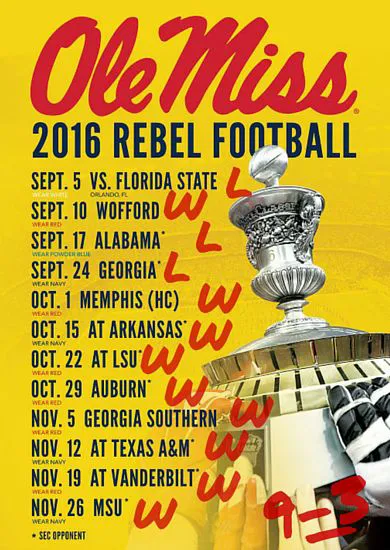First StepletnIs: Gathering the Intel
Okay, first thing's first: I needed data. Lots of it. I started by scouring the web for team stats. I'm talking points per game, yards gained, yards allowed, all that jazz. ESPN and some other sports sites were my go-to spots. I also dug around for info on player injuries, because, let's be real, a star player being out can totally change the game.
- Scoured ESPN: Got basic team stats like offense and defense rankings.
- Checked Injury Reports: Found out about a key Ole Miss receiver being questionable. Big deal!
- Looked at Previous Games: Tried to spot trends in their performance against similar opponents.
Diving into the Numbers
Once I had a decent chunk of data, I fired up my trusty spreadsheet program. I'm no Excel wizard, but I know enough to make it do what I want. I started plugging in all the numbers, calculating averages, and looking for patterns. I even tried to factor in things like home-field advantage, which I figured was worth a few points.

Then, I started comparing Ole Miss's offensive stats against Georgia's defensive stats, and vice versa. The idea was to see where each team had an advantage.
Building My Super-Simple Model
I ain't gonna lie, my model was pretty basic. It was more of a "gut feeling" kind of thing, backed up by some numbers. I assigned weights to different stats based on what I thought was important. For example, I gave a higher weight to points allowed than to total yards allowed, because, at the end of the day, points are what matter.
Basically, I just added up all the weighted stats for each team and came up with a predicted score. Crude, I know, but hey, it was just for fun.
My Prediction (and Why It Was Probably Wrong)
After crunching the numbers (and tweaking them a bit to match my gut feeling), I came up with a prediction: Georgia would win by about 7 points. My reasoning was that their defense was just too strong for Ole Miss to handle, even with their explosive offense.
Why it was probably wrong:
- My Model Was Too Simple: I didn't factor in enough variables.
- Gut Feeling Bias: I probably let my biases influence the outcome.
- College Football is Crazy: Anything can happen on any given Saturday!
The Real Game and What I Learned
So, the game happened, and let's just say my prediction wasn't exactly spot-on. It was closer than I thought, but still off. But honestly, that's not the point. The point is that I had fun messing around with data and trying to make sense of it all.
Key Takeaways
Here's what I learned from this little experiment:
- Data is powerful: But it's only as good as the person interpreting it.
- Modeling is hard: It takes a lot of time and effort to build a truly accurate model.
- College football is unpredictable: That's why we love it!
So, yeah, that's my story. Maybe next time I'll try a more sophisticated model, but for now, I'm happy with my little experiment. And hey, at least I can say I tried!

